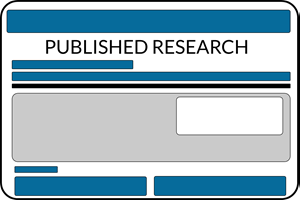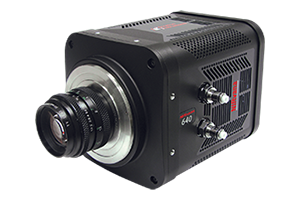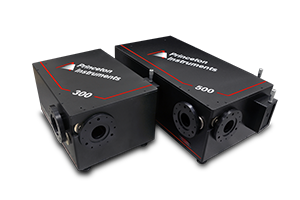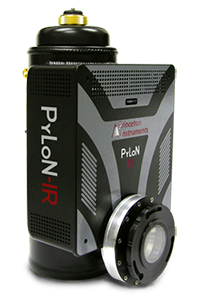
The PyLoN® IR offers high-performance NIR/SWIR spectroscopy with a cryogenically cooled InGaAs detector with fast spectral rate and lowest system read noise.
- 800 – 2200 nm spectral coverage
- -100℃ cryogenic cooling
- 6600 spectra/sec
- 16-bit digitization
- 1024 x 1 pixels linear InGaAs array (for 2D arrays please look at the NIRvana products)
Key Features

Broad Spectral Range
The PyLoN IR offers high sensitivity over the 800 – 2200 nm spectral range.
The PyLoN-IR: 1024-1.7 provides >85% QE from 800 – 1700 nm, with the PyLoN-IR: 1024-2.2 offering 75% QE from 1000 – 2200 nm.
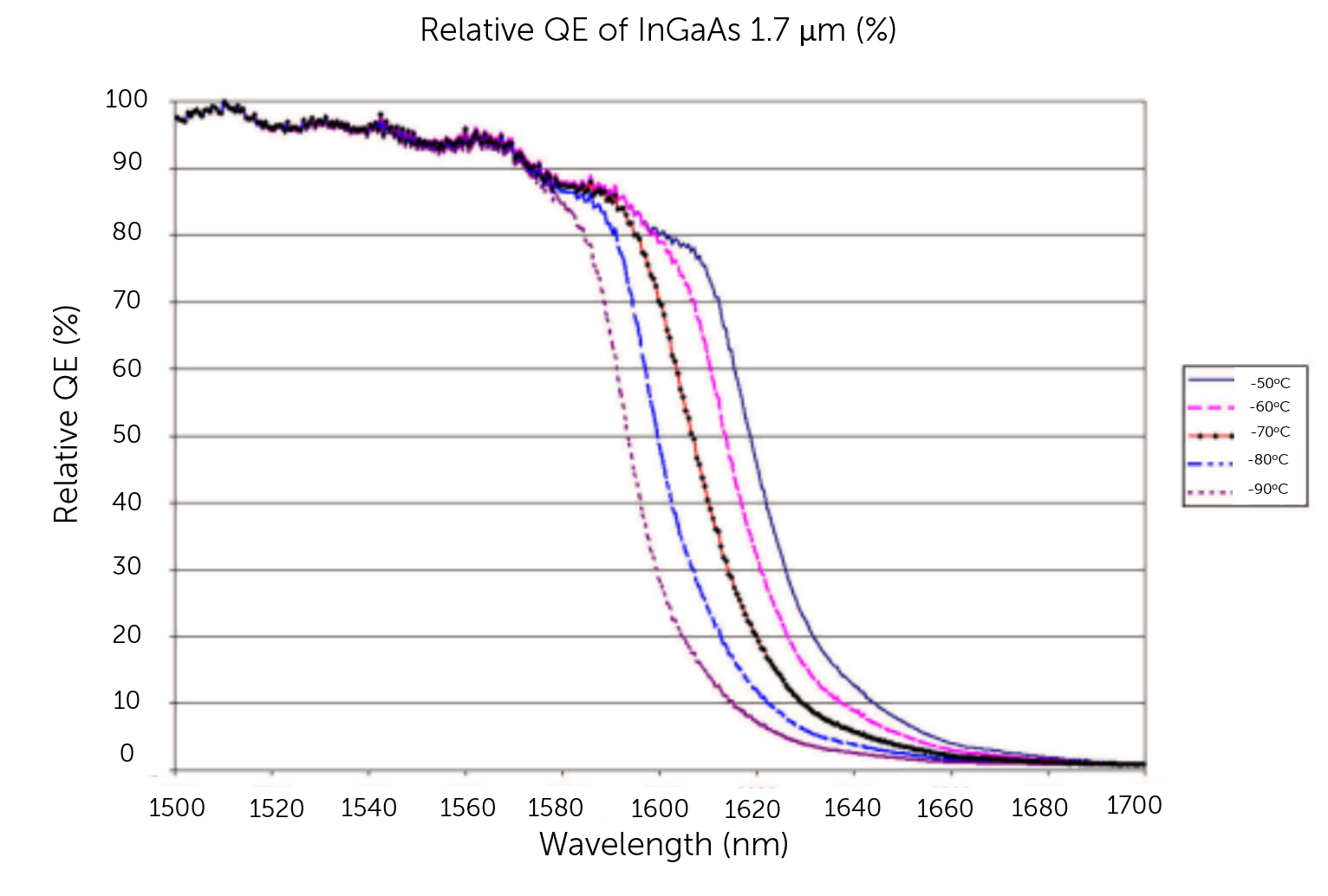
Ultimate Flexibility and Speed
Dual-amplifier readout design allows for optimization of system performance. The high sensitivity amplifier reduces read noise for weak signals, and the high capacity amplifier offering increased effective dynamic range.
In addition, the PyLoN IR offers 16-bit digitization at all speeds and leads the industry with the fastest spectral rate (up to 6600 spectra/sec) and lowest system read noise.
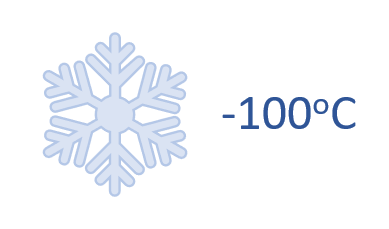
Cryogenic Cooling
Cooled to -100℃, the PyLoN IR delivers ultralow dark current for exposures up to several minutes. A new, redesigned cold shield reduces ambient thermal noise.
A single input window offers maximum sensitivity, with once a day refill requirement. Experimental flexibility is also offered with optional end-on and all-directional dewars.

Powered by LightField software
Powerful and intuitive software with built-in math engine allows for the complete control of cameras and spectrographs, with real-time image analysis and spectral data.
LightField software provides seamless integration of hardware controls and direct data acquisition into programmes such as National Instruments’ LabVIEW® and MathWorks’ MATLAB®. This software also fully supports IntelliCal automated wavelength and intensity calibration.
The PyLoN IR can also be fully controlled by PICAM SDK, eliminating any overhead that can occur when communicating through other development environments.
Family Specifications
| Spectral rate | 6600 spectra/sec |
|---|---|
| Typical spectrometric well capacity | Low gain: 120 Me-, 100 Me- min High gain: 4.5 Me-, 4 Me- min |
| Digitization | 16 bits |
| Minimum exposure | 20 μs |
| Sensor type | Linear InGaAs photodiode array |


